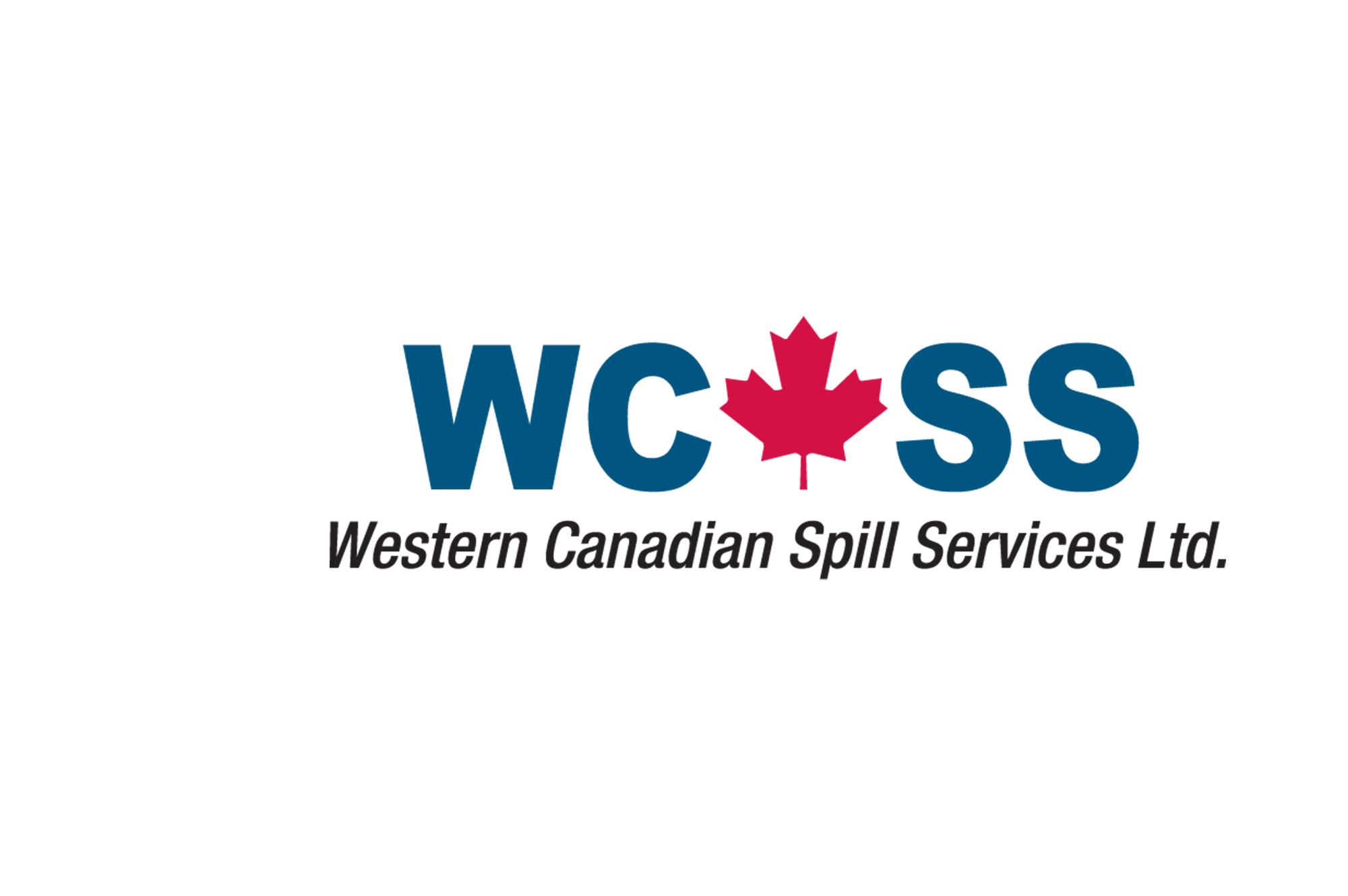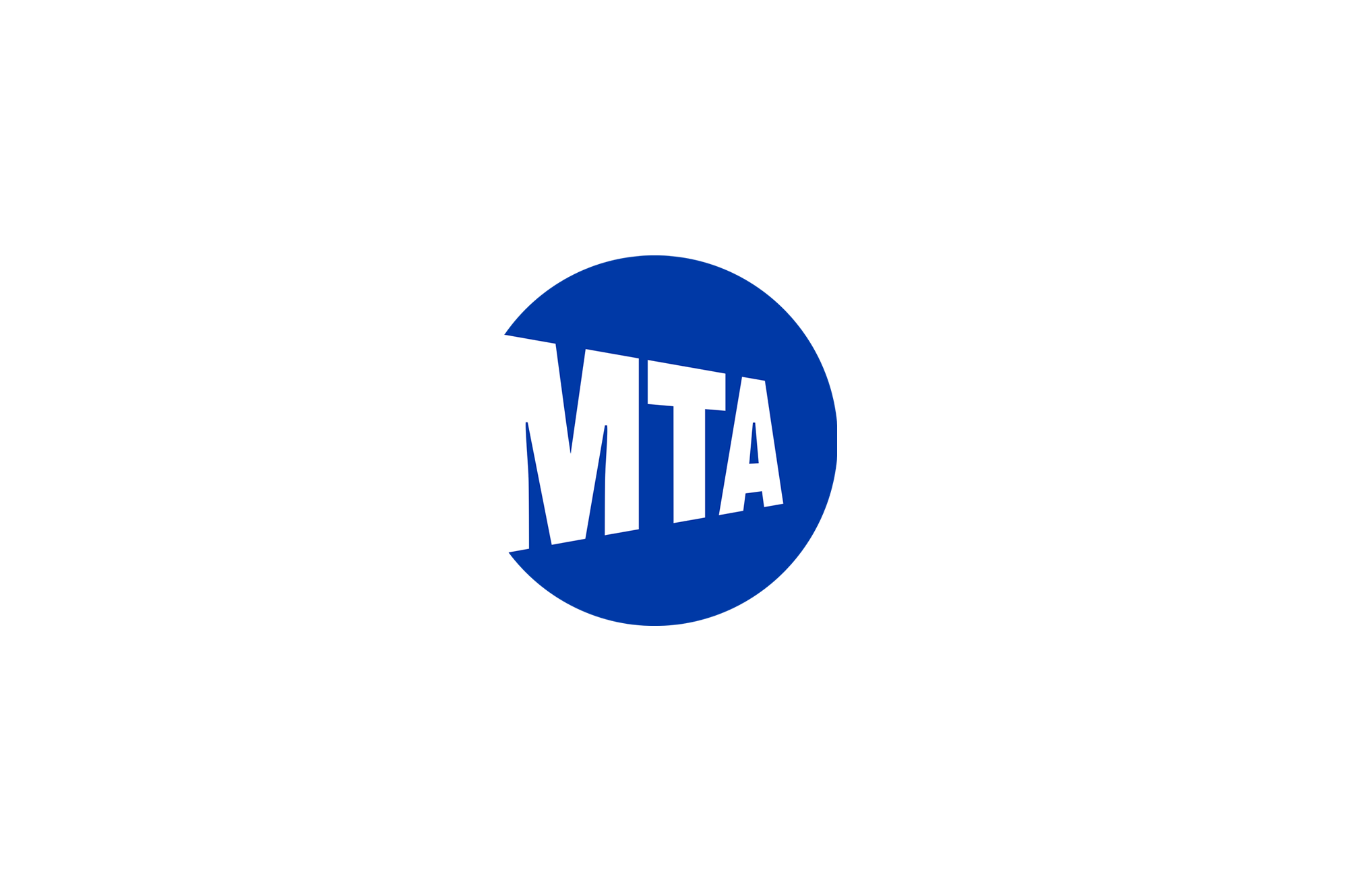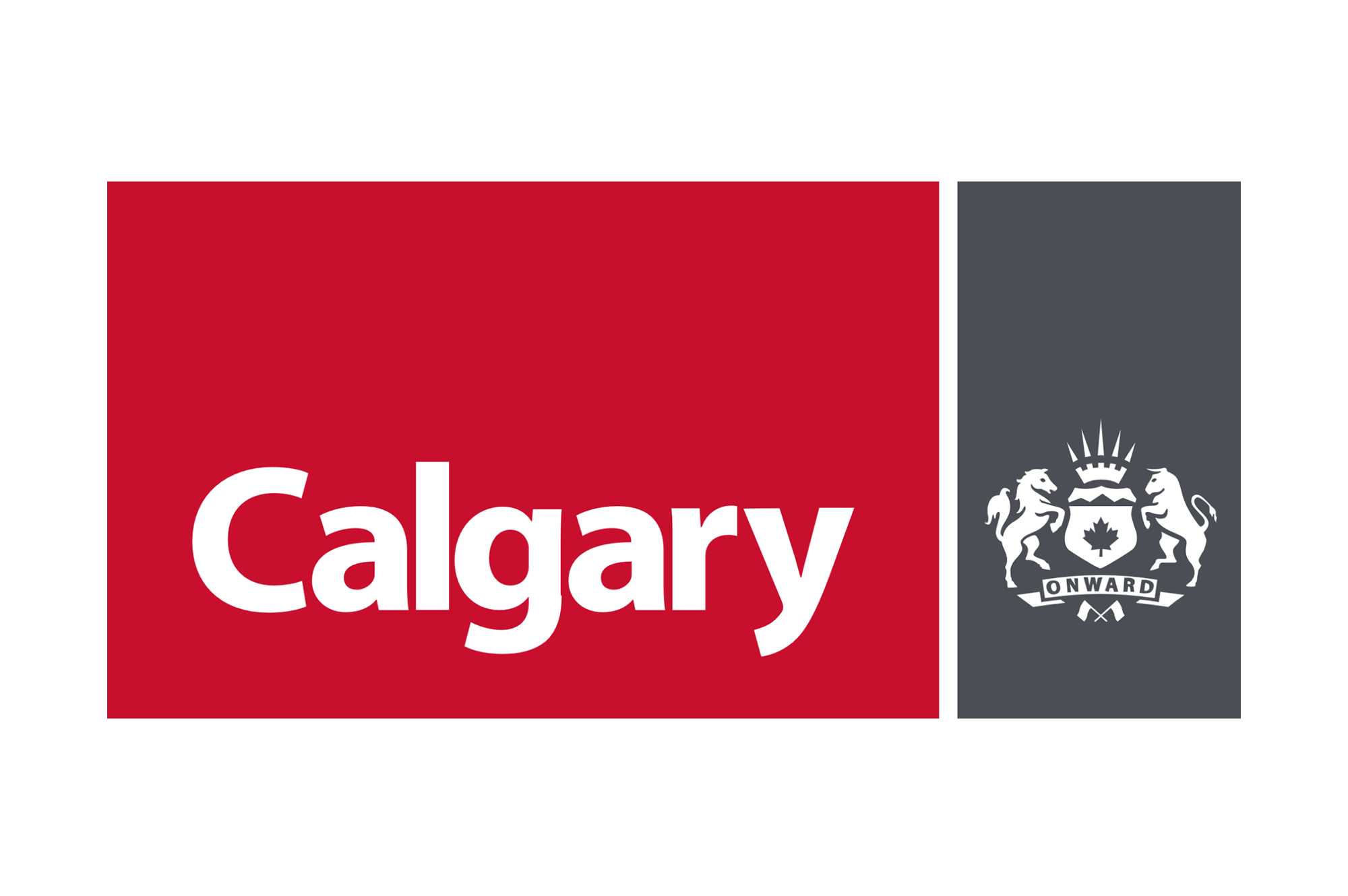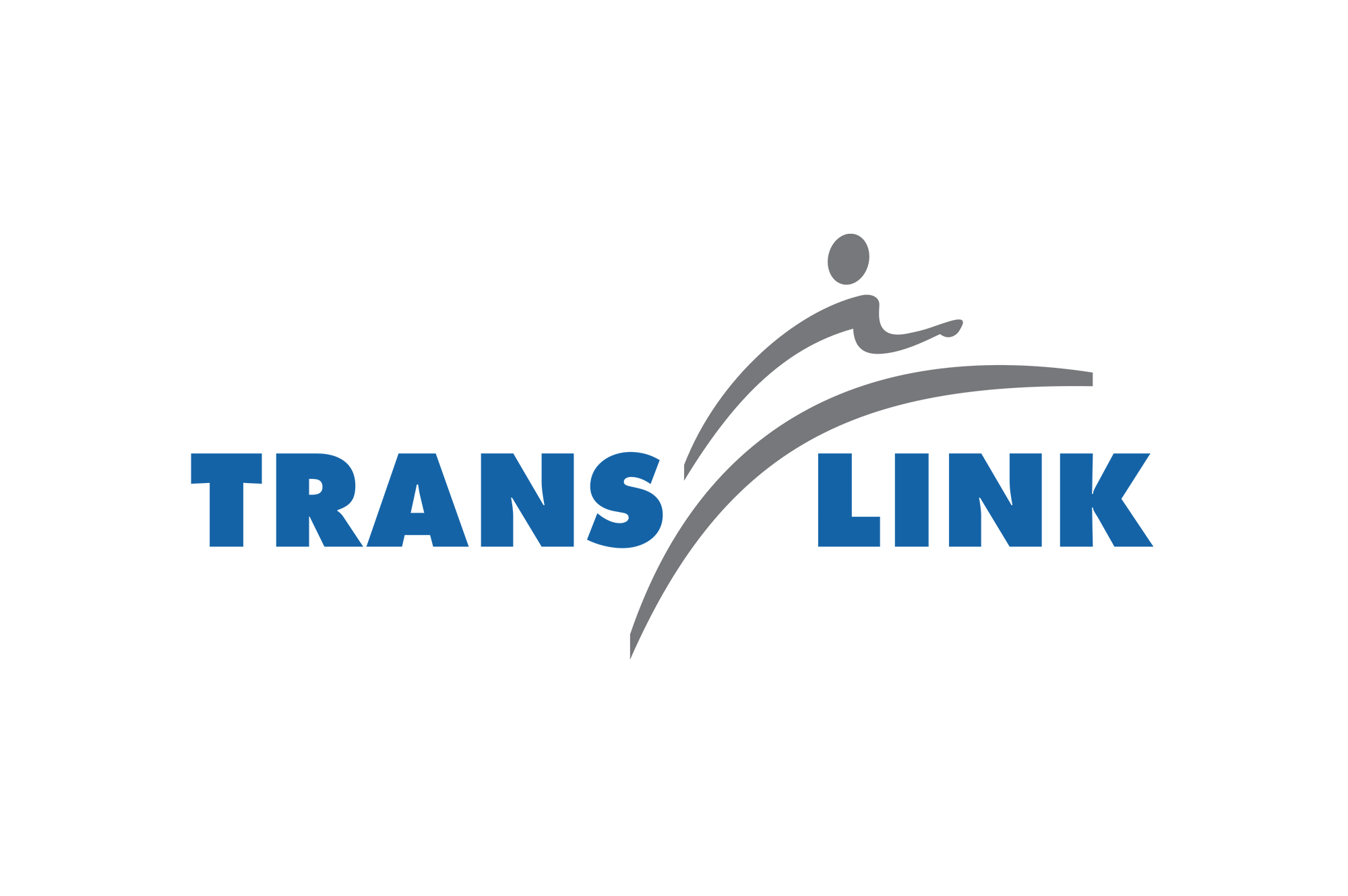BLOG
Design Considerations for Accessible Digital Learning Content
The importance of designing for accessibility including the advantages and benefits of properly designing for accessibility for all end learners.
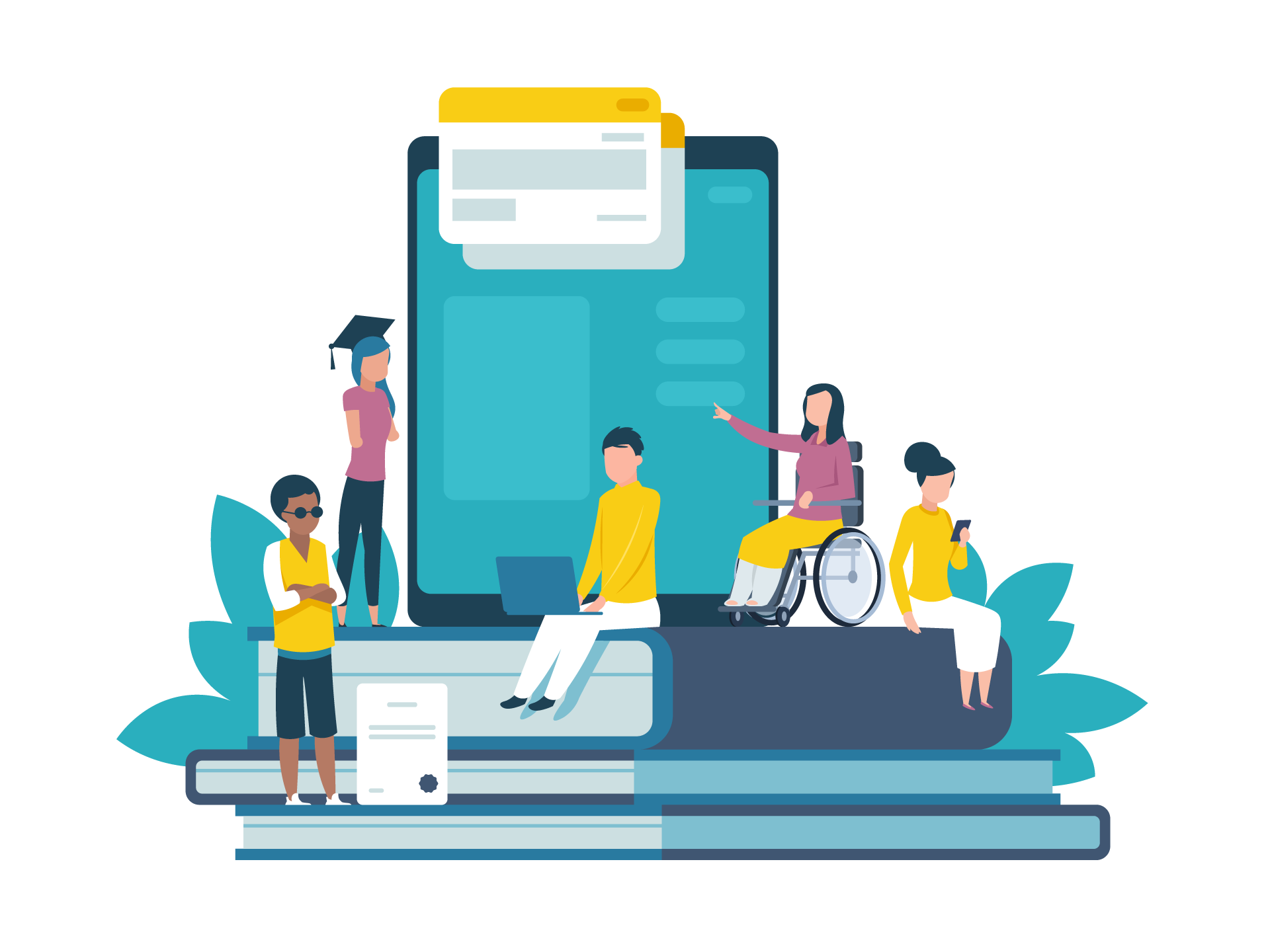
The importance of designing for accessibility including the advantages and benefits of properly designing for accessibility for all end learners.

Today’s workforce is wonderfully rich, multi-talented, and diverse—something to keep in mind when designing your digital learning content. These design considerations range from structuring learning for individual education levels, language backgrounds, digital literacy, and disabilities.
During audience analysis, people living with disabilities are often a demographic that is overlooked. Yet, designing with accessibility in mind means that your entire workforce grows and learns together. Digital content that has been designed to be inclusive, benefits all users: not just those living with disabilities.
Join us for the first of our accessibility series on our thinking, research, and application on the topic of accessibility. We take a look at accessibility through the lens of accessibility standards, including Section 508 of the U.S. Rehabilitation Act and Web Content Accessibility Guidelines (WCAG).
For now, let’s start with a quick summary of the importance of designing inclusive workplaces and four benefits of properly designing for accessibility.
In Canada, more than two million members of the workforce have some form of disability. In the United States, that number grows to 33 million people. Designing inclusive workplaces, opportunities, and training, not only benefits these individuals: it allows businesses to create a healthy workplace culture that retains valued employees.
Imagine a scenario where you are looking to hire a new employee. The HR department places job postings, sorts through applications, and narrows it down to a handful of qualified applicants. Out of the remaining applicants, one stands above the others based on their experience and their fit with the organization’s culture. However, during the hiring process, they inform you of their disability, and they ask what resources and support systems are in place in your organization.
You explain all the benefits and features of the building, but hesitate when it comes to describing company training and systems, including the internal websites. Was it designed with accessibility in mind? You realize that your company is not ready if one of your employees suddenly finds themselves living with a disability due to an accident or illness.
You likely have succession plans in place when employees leave the organization, but have no plans in place to help employees living with a disability. You come to the conclusion that supporting all of your employees is vital to the long-term health of your organization.
Making the decision to design for accessibility comes with its own advantages because the benefits of accessible design extend to everyone. It creates an inclusive knowledge experience for the end learner where they walk away feeling they learned something of value to them.
Some of the benefits of properly designing for accessibility include:
As the greater part of our daily lives runs to catch up with our digitally transforming world, using educational technology as a conduit is a sound strategy for building a learning program that takes a closer look at your learned needs at all levels.
Be sure to watch out for our next blog where we dive into more detail over the definition of accessibility and how a number of mainstream technologies were first designed for use by people with disabilities.










